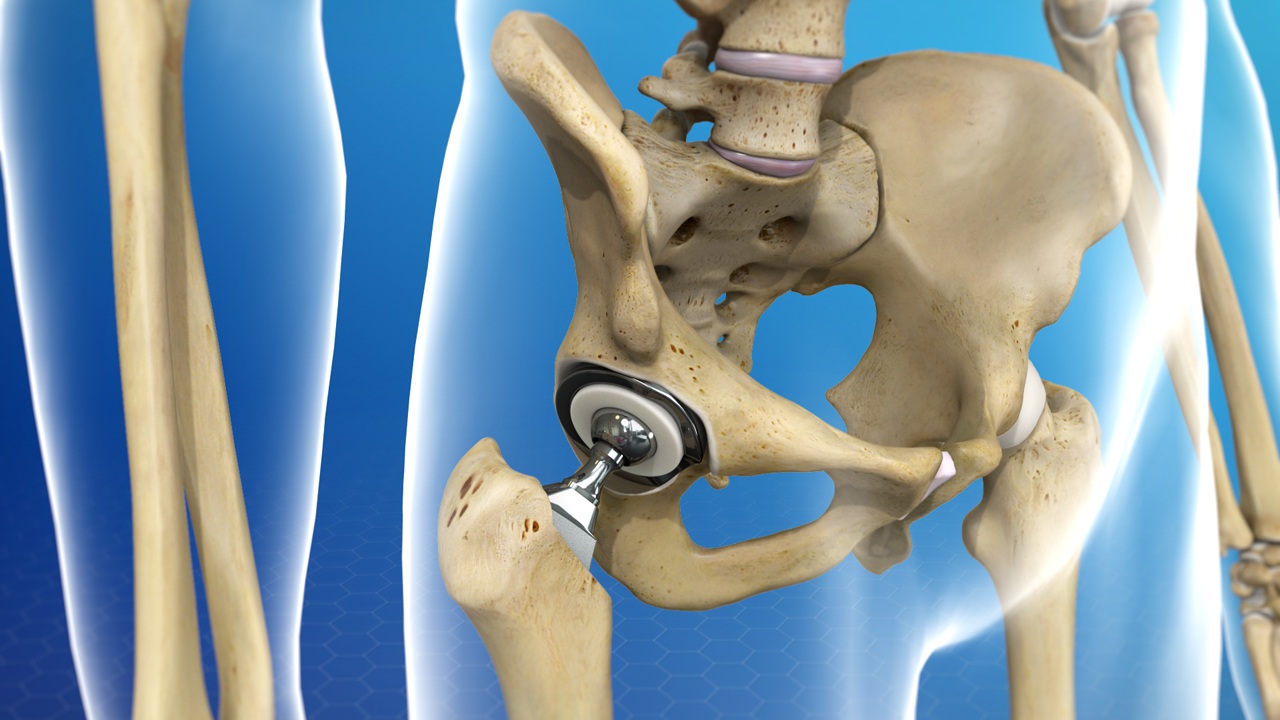
Hip Replacement
Hip replacement is a surgical procedure in which the hip joint is replaced by a prosthetic implant, that is, a hip prosthesis. Hip replacement surgery can be performed as a total replacement or a hemi replacement.
The hip embodies a true ball and socket joint, where the top of the leg bone looks like a ball and fits into a cup-shaped socket. The human hip performs a tremendous amount of activity (walking, squatting, stair climbing, running, etc.) and bears the weight of our body every day.
Two bones contribute to the main structure of the hip and consist of the femur or upper bone of the leg, and the pelvis bone. Since the top of the femur looks like a ball, it is called the femoral head. The ball-like structure of the femoral head fits into a socket formation on the pelvis bone, called the acetabulum. The rest of the pelvic bone appears as a bowl-shaped group of bones that connect the spine and lower legs.
Total knee replacement (TKR) is one of the most popular and effective types of orthopedic surgery. Countless patients who have undergone a TKR have had their pain eliminated and their range of motion restored. If you have heard of TKR as a treatment option and are interested in learning more, this post is for you. It contains all the information you need to know and the resources needed to make an appointment with one of our awarded Orthopedic Specialists who specializes in joint replacement procedures. We also have 5 locations throughout Fairfield County, CT.
What is a Total Knee Replacement?
A TKR is an orthopedic procedure used to replace an osteoarthritic knee joint that is causing pain and limiting motion. The surgery is usually performed under general anesthesia. During the procedure, an orthopedic surgeon performs the following steps:
Our Services
- Anesthesiology
- Critical Care Medicine
- Emergency Medicine
- Endocrinology
- ENT
- General Surgery
- Infectious Diseases
A Little on Treatment
Unfortunately, inability to use your knee(s) greatly impacts your life, but state of the art treatment can return function to the knee. First aid measures and rest denote the first line of treatment for a knee injury or condition. If initial treatment fails, your provider may advise bracing, physical therapy, medication, and, occasionally, surgery. Management of the knee condition varies contingent upon the location, nature, and seriousness of the injury as well as your age, health state, and degree of activity (such as sedentary lifestyle, working, participating in sports).

